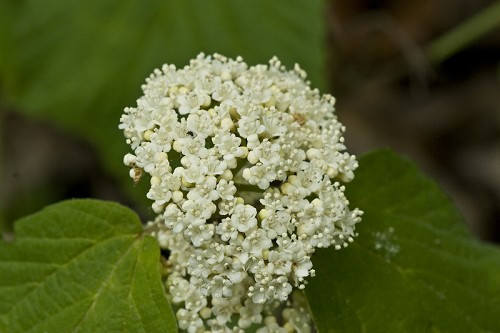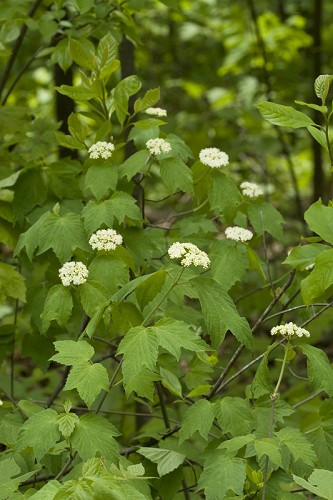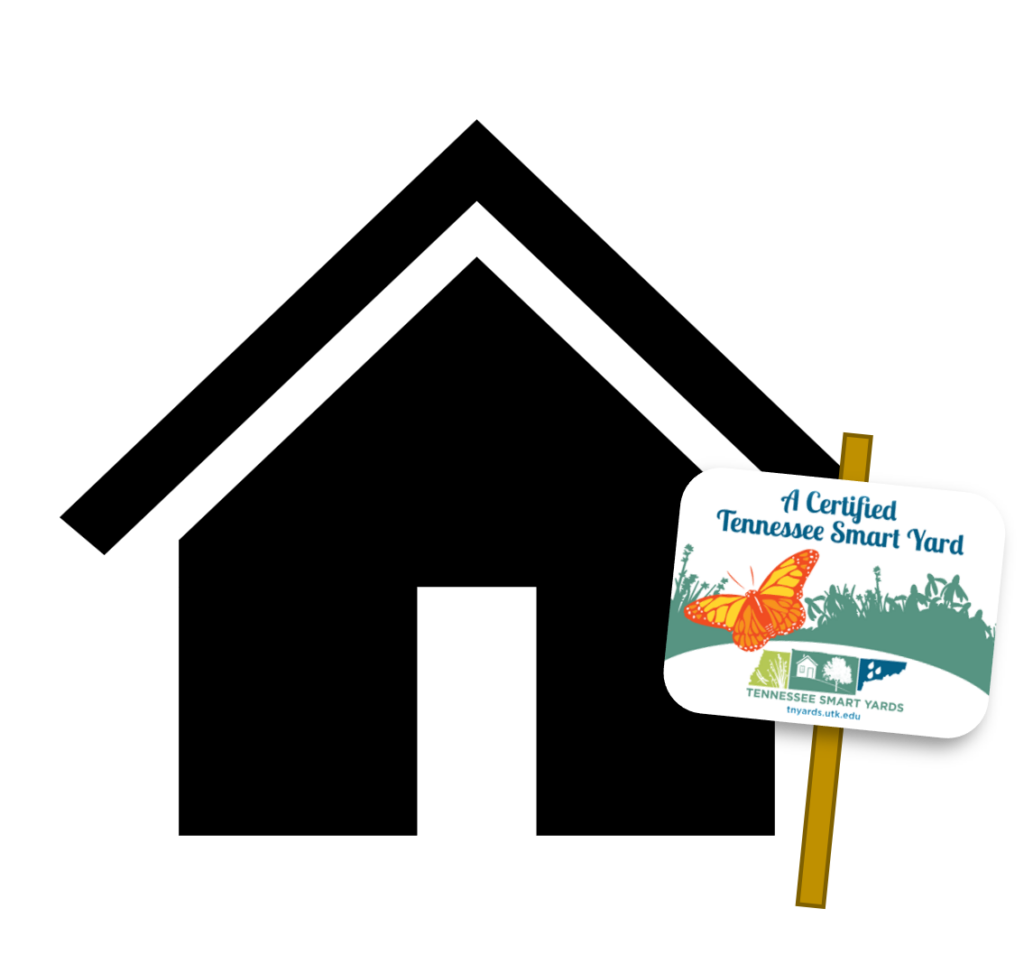
Common Name: Mapleleaf Viburnum
Full sun to light shade; moderately wet to dry moisture level; sandy and gravelly loams, silt loams, fine sandy loams and clay soils; moderately acid pH.
3-6 feet height by 3-6 feet spread; blooms in May and June; creamy white flowers; clusters of red to bluish black, oval-shaped, 1/3 inch long berries in fall.
Growth Rate: Slow to medium
Maintenance: Occasional disease and insect problems. Low maintenance. Prune as needed immediately after flowering. All viburnums benefit from a thinning or hard pruning in late winter to remove older stems.
Propagation: Roots easily from cuttings. Seeds have an impermeable seed coat and embryo dormancy that requires both a warm and cold stratification period to be broken.
Native Region: Eastern half of Tennessee
Deciduous, sparse, suckering shrub with modest ornamental value but one of the few that will grow well in the understory of fairly dry woods. Attractive fall color is its most ornamental feature with creamy pink, rose, red and purple leaves. Optimal growth and development occurs in partial shade. Good choice for dry soils in deep shade. Can also be grown along forest edges, stream sides and lake shores. Suckers and develops rather loose, open colonies in the wild. Best for naturalizing. Very high wildlife value. Larval food for the Spring Azure butterfly. Many species of birds relish the berries. No cultivars are available.

